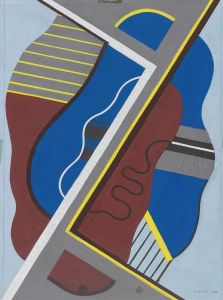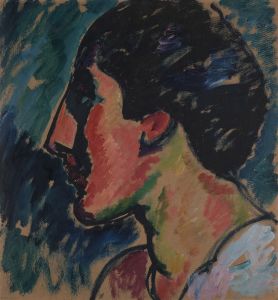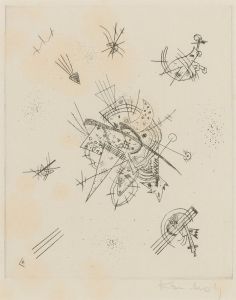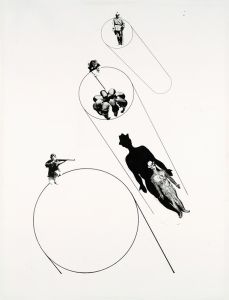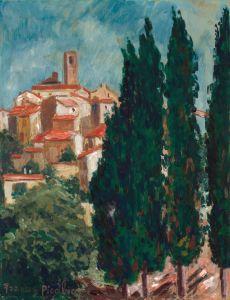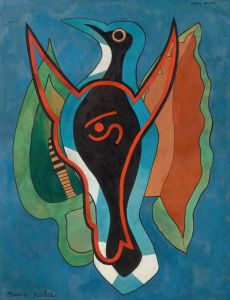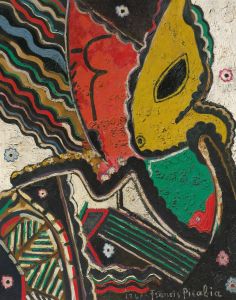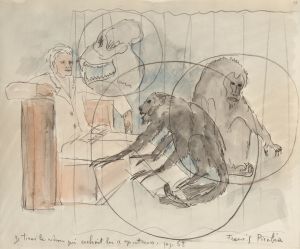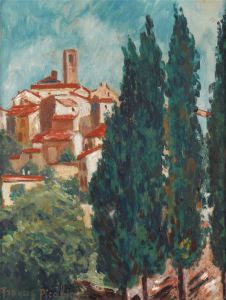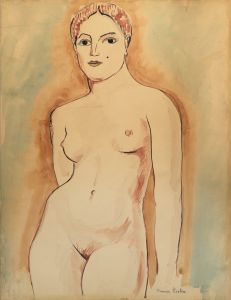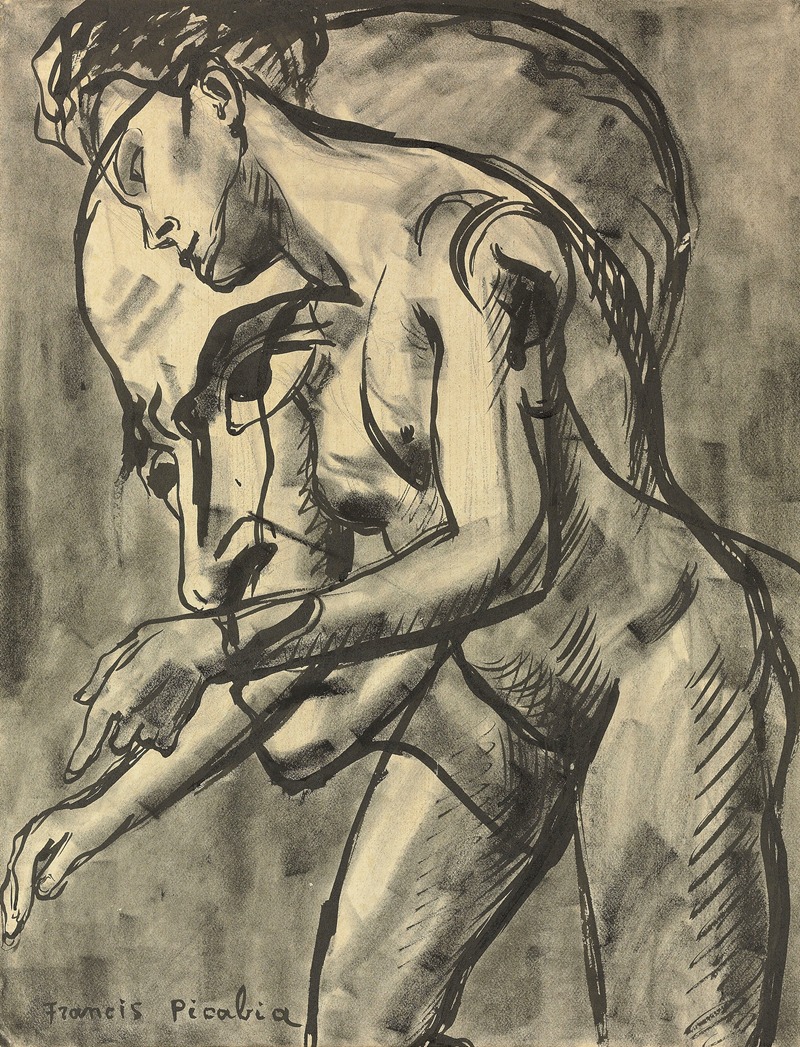
Sans titre
A hand-painted replica of Francis Picabia’s masterpiece Sans titre, meticulously crafted by professional artists to capture the true essence of the original. Each piece is created with museum-quality canvas and rare mineral pigments, carefully painted by experienced artists with delicate brushstrokes and rich, layered colors to perfectly recreate the texture of the original artwork. Unlike machine-printed reproductions, this hand-painted version brings the painting to life, infused with the artist’s emotions and skill in every stroke. Whether for personal collection or home decoration, it instantly elevates the artistic atmosphere of any space.
Francis Picabia, a French avant-garde painter, is known for his diverse and innovative contributions to modern art. One of his works, "Sans titre" (Untitled), reflects his experimental approach and his ability to transcend traditional artistic boundaries. Although specific details about this particular piece are limited, it is essential to understand Picabia's broader artistic context to appreciate the significance of "Sans titre."
Picabia was born on January 22, 1879, in Paris, France. He was a pivotal figure in several art movements, including Impressionism, Cubism, Dadaism, and Surrealism. His ability to adapt and evolve his style made him a versatile and influential artist. Throughout his career, Picabia was known for his willingness to challenge conventions and explore new artistic territories.
In the early 20th century, Picabia became associated with the Cubist movement, which sought to break away from traditional perspectives and represent subjects from multiple viewpoints. However, he soon became disillusioned with Cubism's limitations and moved towards Dadaism, an avant-garde movement that emerged as a reaction to the horrors of World War I. Dadaism embraced absurdity, irrationality, and anti-establishment ideals, which resonated with Picabia's rebellious spirit.
During his Dada period, Picabia produced works that were characterized by their playful and provocative nature. He often incorporated mechanical imagery and abstract forms, challenging the viewer's perception of art. His involvement with the Dada movement was significant, as he collaborated with other prominent artists such as Marcel Duchamp and Tristan Tzara. Together, they organized exhibitions and published Dadaist literature, furthering the movement's influence in Europe and beyond.
"Sans titre" likely belongs to one of these experimental phases in Picabia's career. While specific information about the painting is scarce, it is reasonable to assume that it embodies the innovative spirit that Picabia was known for. His untitled works often defy easy categorization, reflecting his desire to break free from traditional artistic constraints and explore new forms of expression.
Picabia's later years saw him transition into Surrealism, where he continued to push the boundaries of artistic expression. His work during this period often featured dreamlike imagery and explored themes of desire and the subconscious. Despite his involvement with various movements, Picabia maintained a distinct and individualistic style, refusing to be confined by any single artistic ideology.
Francis Picabia passed away on November 30, 1953, in Paris, leaving behind a legacy of innovation and experimentation. His work, including pieces like "Sans titre," continues to inspire and challenge artists and art enthusiasts alike. Picabia's ability to adapt and reinvent himself throughout his career is a testament to his enduring influence in the world of modern art.
In summary, while specific details about "Sans titre" by Francis Picabia are limited, understanding the broader context of his artistic journey provides insight into the significance of this work. Picabia's contributions to various art movements and his relentless pursuit of innovation have solidified his place as a key figure in the history of modern art.





